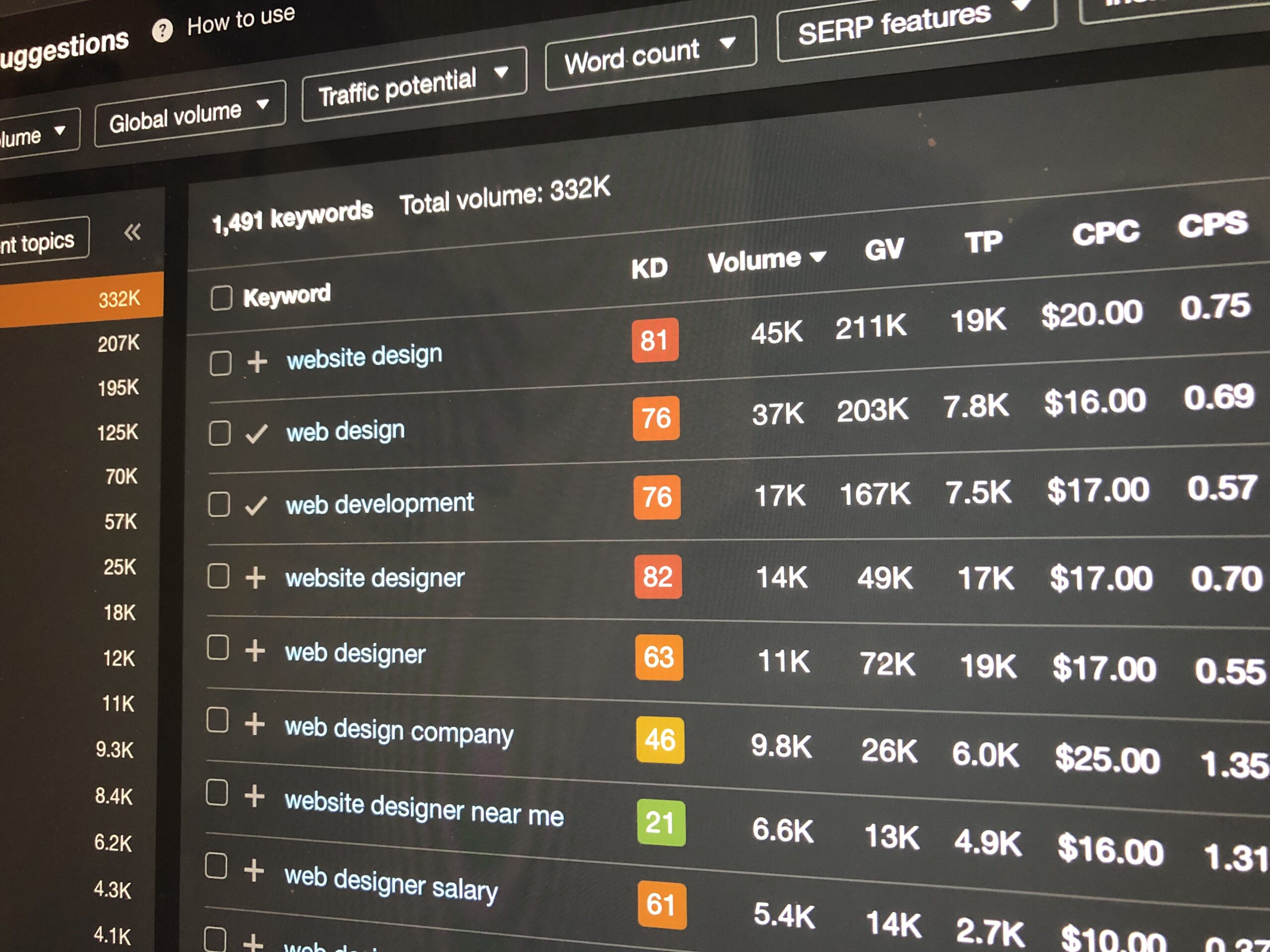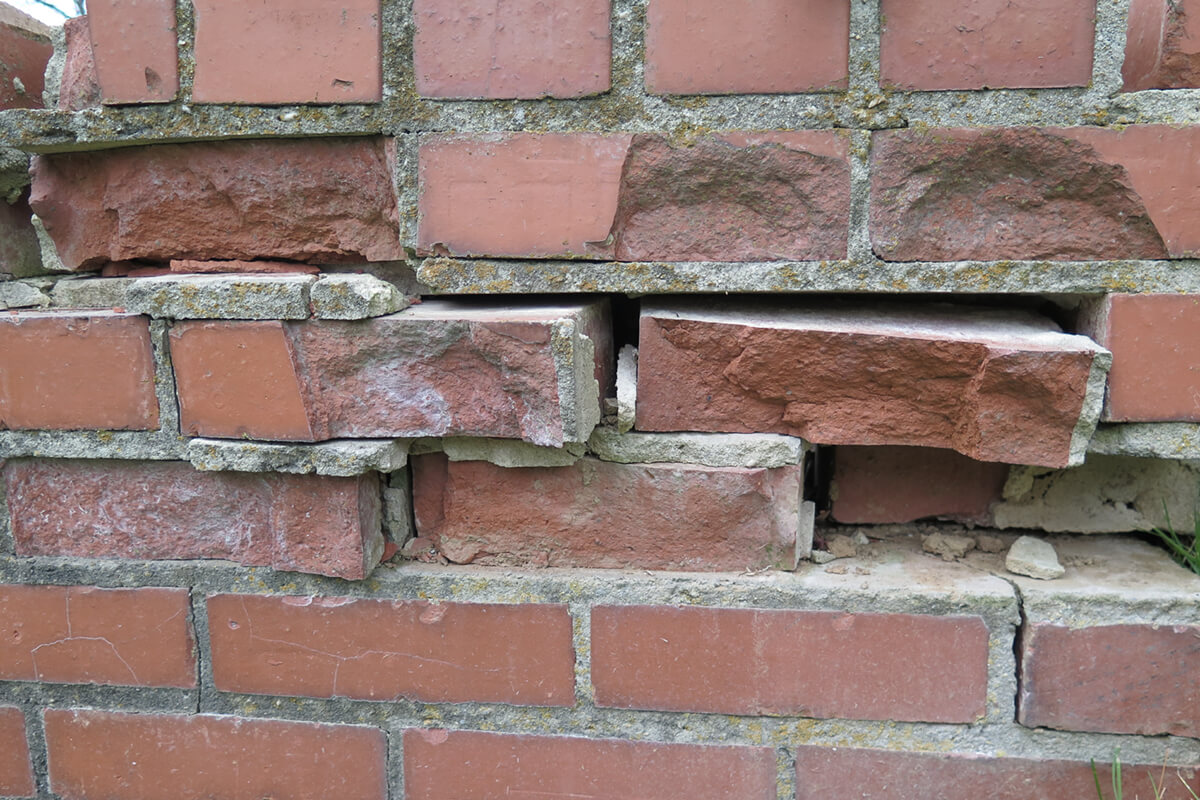Most of the websites we build for our clients are search engine optimized (SEO), except for those that don’t have the business need for it, for example, public sector and private access only websites. However, when it comes to optimizing client websites we didn’t build, sometimes the sites are in such a bad shape that we would recommend overhauling the website first, or start over. This is because SEO needs to be part of the web design process when the site is first built. In this article, we explain why search engine optimization shouldn’t be an afterthought, and what to do when your website wasn’t built with it in mind.
Why SEO Needs to be Part of Web Design Process
There are three major types of SEO – Technical, On-page and Off-page:
- Technical optimization ensures a website loads fast and is well structured so search engines can easy crawl and understand the relationship between pages. There is more to this topic, but most of it relates to the backend of the website or things that cannot be seen on the frontend.
- On-page optimization involves placing appropriate components on webpages using the right HTML code to help search engines understand the content. It also includes publishing high quality, relevant content that your audience may search for. User-interface and user-experience are also important as bounce rate does affect ranking.
- Off-page optimization requires networking with related websites to improve the website’s credibility and relevance to specific topics.
In order to give your website the best chance at ranking, you want all three areas to be optimized; this is because modern search engines use multiple factors to rank webpages. For instance, let’s say a website has really good content and healthy amount of backlinks, but it could still suffer from one of the following issues if technical SEO isn’t done properly:
- The site takes too long to load, therefore not only will visitors bounce, Google will also penalize its ranking.
- The website isn’t well structured and pages aren’t well interlinked, hence search engines have a hard time figuring out how the pages relate to one another, or understanding what the site is about.
- The sitemap is incomplete or site settings incorrect, which prevents search engines from efficiently indexing all pages.
As you can imagine, some of these issues are a result of how the website was built, and retrofitting may not be easy; which is why SEO needs to be part of the initial web design process, not an afterthought. It’s like renovating a house, if foundation issues are present, they need to be addressed, or rebuilt if not fixable.
Keyword Research & Strategy
Another reason why SEO needs to be part of the web design process is that keyword research and strategy development should be done as soon as possible. For example, if after launching your website, you decide to make adjustments to your keyword strategy, you’ll have to rename some slugs or URLs, and create redirects so visitors don’t end up seeing the page not found error. Therefore, getting this right early on in the process will save you time from having to make these adjustments down the road. Furthermore, because it takes time for search engines to crawl, index and rank websites, you can avoid the opportunity cost by doing it right in the first place.
A qualified web designer or SEO specialist will ask you what keywords y0u’d like to rank for when designing your site. If you already have a website, they can analyze any existng search stats with tools such as Google Search Console, Ahrefs or SEMRush. They can also use the same tools to make recommendations regarding your keyword strategy to further improve your chance of ranking.
- Tools such as Ahrefs can be used to conduct keyword research and build SEO strategy with.
What to Do When a Site Wasn’t Built Right?
As mentioned earlier, sometimes we have to tell our clients the hard truth that their websites weren’t build right; but that doesn’t mean we can’t help them. We would usually give them the following options:
- Optimize the website for content and backlinks, but success may be limited. The reason why this is still an option is because it’s the most affordable option, and could be an interim solution until a client has the budget for a new website. Content that’s created can always be transferred to the new site, and backlinks will still be valid provided that redirects are set up. The reason why this option isn’t recommended is because sometimes a badly developed website is very difficult to work with, and migrating the content may be a time consuming process in some cases. So why create more content that needs to be migrated over, and new backlinks that need to be redirected down the road?
- Rebuild the website design wise, but make sure that keyword research and strategy are done, and deficiencies are addressed. This is more affordable than a complete redesign because we just have rebuild the existing website properly. However, since it’s a lot costlier than the previous option, it might make more financial sense to just build a brand new site, which leads us to the next option.
- Design and build a completely new website. It’s common for businesses to change things up from time to time, and this is an opportunity to give your website a fresh new look. Search engines like Google favours websites that are regularly updated, so if budget allows, this is the option we would recommend.
- Building on top of a failing foundation is a recipe for disaster. Hence when a website wasn’t built right, it might be better to start over.
Summary
Integrating SEO into the web design process is a must if you care about outranking your competitors. This is because there are things that affect search visibility that cannot be easily retrofitted into a poorly built website. Another reason is that if search engine optimization wasn’t considered during the initial design and build, then chances are the necessary keyword research wasn’t done, and there’s no strategy in place to guide the ongoing SEO effort. If you’d like to find out how well your site was built, you can get in touch with us for a website audit. If you’d like to learn about how optimizing your website can benefit your business, take a look at how SEO has helped a local West Kelowna business reach clients throughout North America.




